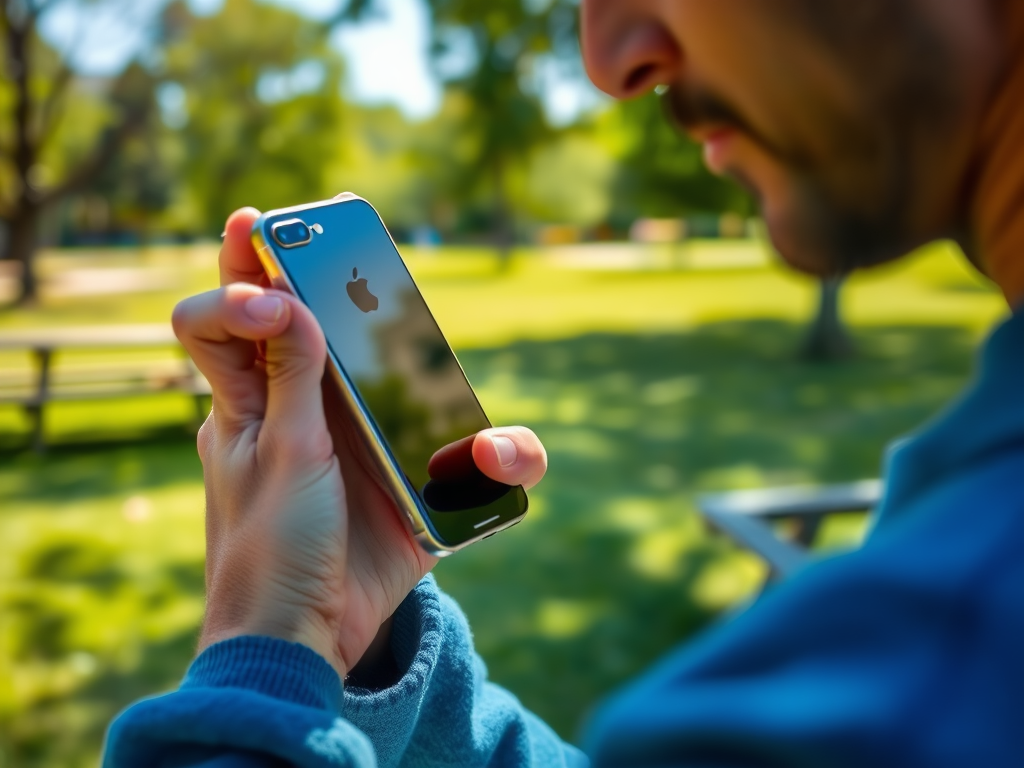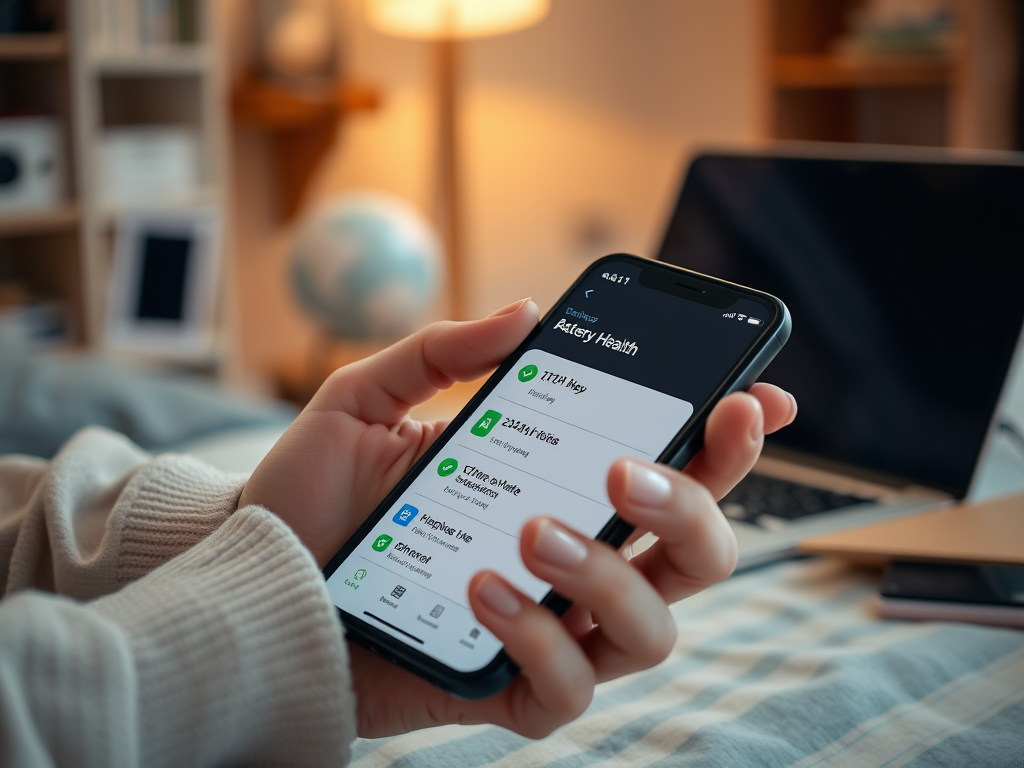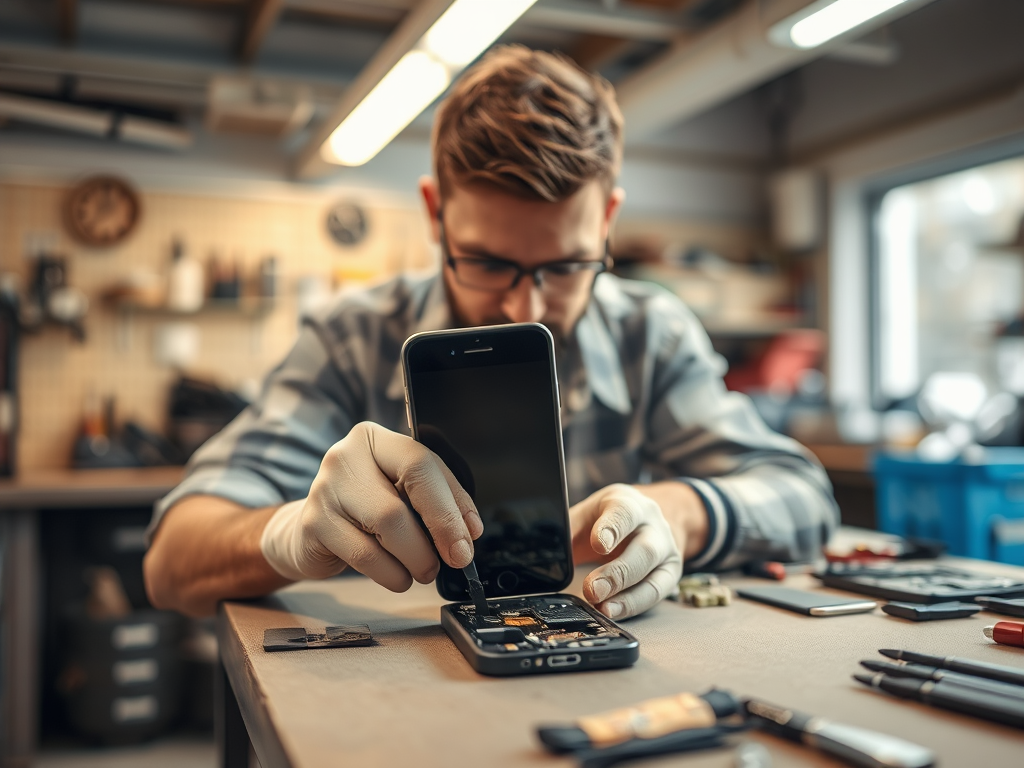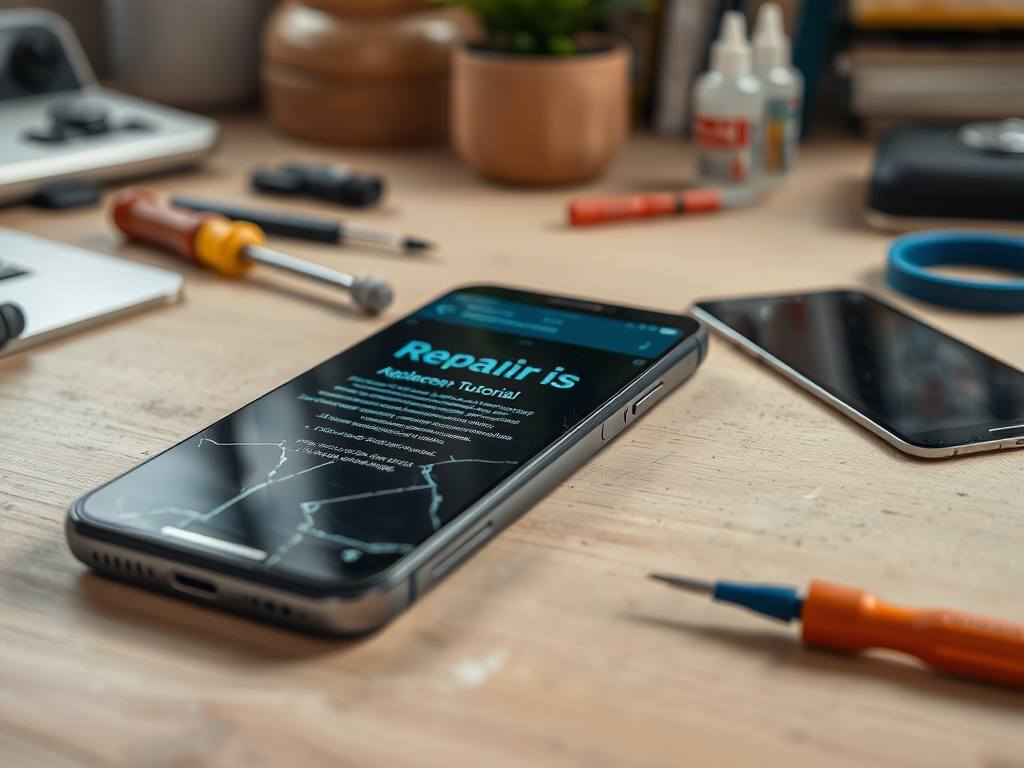Each day, countless iPhone users rely on their devices for communication, information, and entertainment. However, just like any technological gadget, iPhones are prone to hardware issues that can interrupt our daily routines. Understanding how to identify and fix these problems not only saves time and frustration but also preserves the integrity of the phone. Explore this comprehensive guide that walks you through common hardware issues, diagnostic methods, and practical solutions. With the right approach, you can resolve many problems without the need for professional assistance. Knowing when to do-it-yourself and when to seek help is crucial.
Understanding Common iPhone Hardware Issues

Identifying hardware problems on your iPhone is essential for smooth operation and device longevity. Many users experience a variety of issues that relate to physical components, and these can manifest in several distinct ways. Let’s take a closer look at the most prevalent hardware-related problems facing iPhone owners today. From unresponsive touch screens to battery complications, understanding these issues will equip you with the knowledge needed for effective troubleshooting.
- Unresponsive touch screen
- Overheating during usage
- Physical damage to the casing or screen
- Battery problems, such as rapid drain or swelling
- No sound or muffled audio
Diagnosing Hardware Problems

Before rushing into repairs, it’s crucial to first establish the exact nature of the problem. A systematic approach to diagnosis can help pinpoint the issue and save unnecessary time and costs. This section discusses how to effectively diagnose hardware problems, utilizing both built-in tools and physical inspection. Successful diagnosis relies on checking hardware components and understanding the device’s functionality.
Using Built-In Diagnostic Tools
Apple provides several built-in diagnostic features that can assist users in identifying issues:
- Battery Health Check: Navigate to Settings > Battery > Battery Health to assess your battery’s performance.
- Storage Management: Check for any storage issues by going to Settings > General > iPhone Storage.
- Apple Diagnostics: For newer devices, you can run diagnostics via Apple’s support website by connecting your iPhone to a computer.
Physical Inspection
A thorough physical inspection of your device is vital in diagnosing hardware issues effectively. Many problems can be identified simply by observing the state of your iPhone. Here are some steps you can take to perform a comprehensive inspection:
- Check for cracks or damage on the screen.
- Inspect all ports (charging, headphone) to ensure they are free from dirt or debris.
- Look for any signs of water damage, including discoloration in the SIM card slot.
| Issue | Possible Causes | Recommended Action |
|---|---|---|
| Unresponsive Touch Screen | Software glitches or physical damage | Restart the device; if unresolved, consider a screen replacement. |
| Battery Swelling | Old age or faulty battery | Replace the battery immediately to prevent further damage. |
| No Audio | Speaker malfunction or software issues | Clean speaker grilles and test; otherwise, check for hardware malfunction. |
Fixing Hardware Issues
Once you’ve accurately diagnosed the issue, the next step is understanding how to go about fixing it. Some hardware problems can be resolved through DIY methods, while others may necessitate professional intervention. Knowing the distinction between what you can repair yourself and what requires expert help is key in the troubleshooting process.
Common DIY Fixes
With the right tools and guidance, many hardware issues can be fixed by the average user:
- Screen Replacement: Numerous online guides detail the process of replacing a cracked or shattered screen.
- Battery Replacement: A high-quality third-party battery can be purchased and replaced easily if your battery drains quickly.
- Speaker Issues: Cleaning the speaker grilles often resolves muffled sound problems, which is a simple yet effective solution.
When to Seek Professional Help
While DIY solutions are convenient, some issues might be too complex or risky to handle on your own. If you encounter persistent problems or suspect that the issue involves major hardware components like the motherboard, it’s best to consult a professional. You can:
- Contact Apple Support to discuss your options.
- Visit an Apple Store for expert diagnosis and assistance.
- Look for authorized service providers in your area for repairs.
Conclusion
Identifying and fixing hardware issues on your iPhone plays a crucial role in enhancing the device’s performance and extending its lifespan. By carefully diagnosing the problem, using the appropriate fixes, whether they are DIY or professional, you can ensure your iPhone functions optimally. It’s not just about resolving issues when they arise, but also about adopting preventive measures to safeguard your device against future problems. Equip yourself with the knowledge from this guide to effectively manage your iPhone’s health.
Frequently Asked Questions
- What should I do if my iPhone won’t turn on? Check for battery issues, try to force restart the device, or connect it to a charger.
- How can I check if my iPhone screen is damaged? Look for cracks or unresponsiveness in touch input, and test the screen’s reaction to gestures.
- What are the signs my battery needs replacing? Fast drainage of battery life, swelling, or overheating are common indicators that your battery needs replacement.
- Is it safe to repair my iPhone at home? While many simple repairs can be done at home, complex issues may require professional expertise to avoid further damage.
- How can I prevent future hardware issues? Regularly update your software, avoid extreme temperatures, and use protective cases to maintain your device’s condition.



